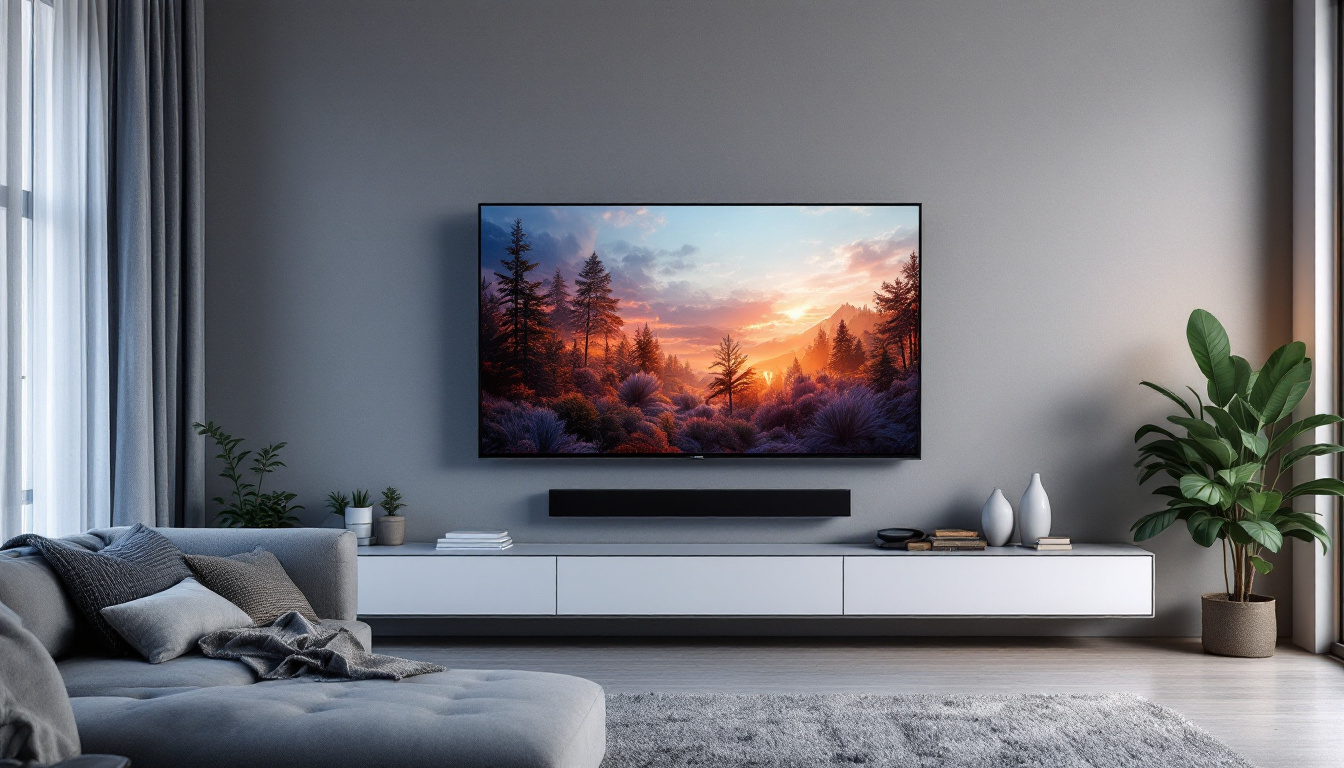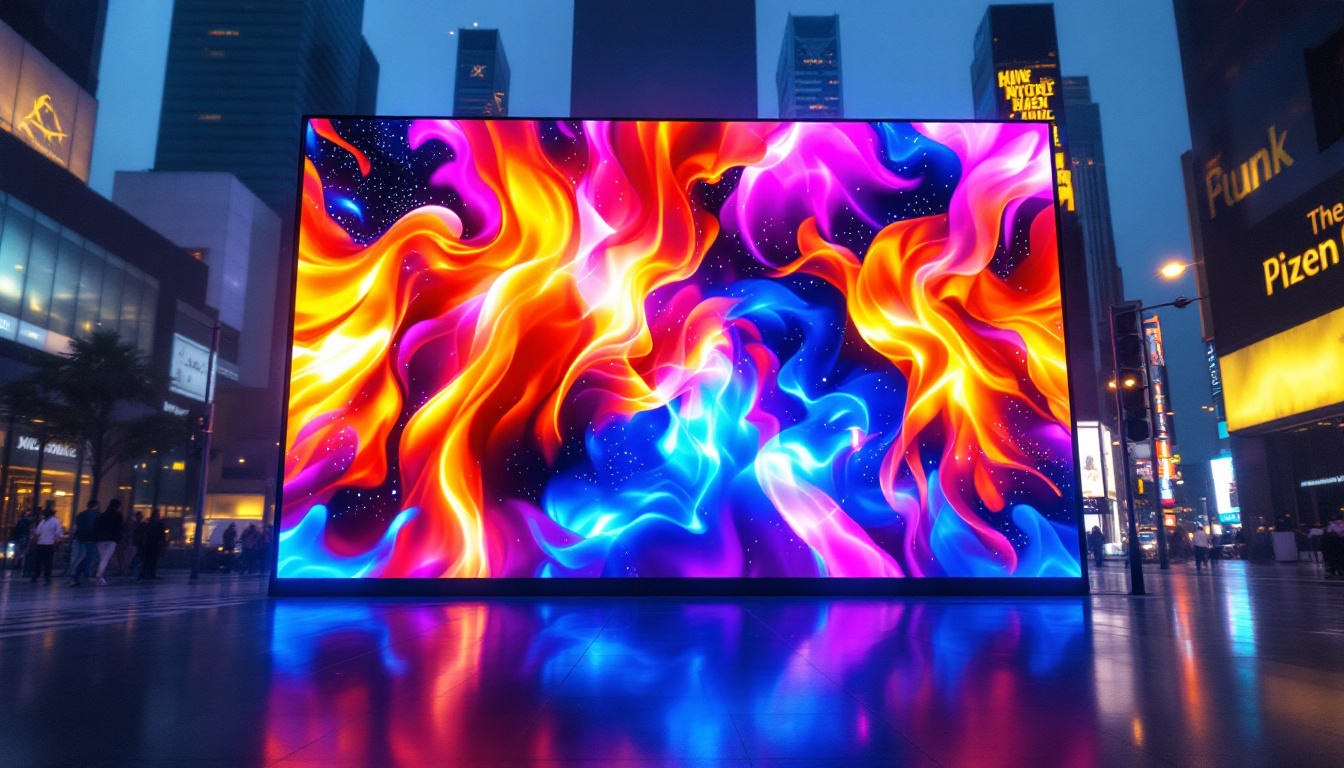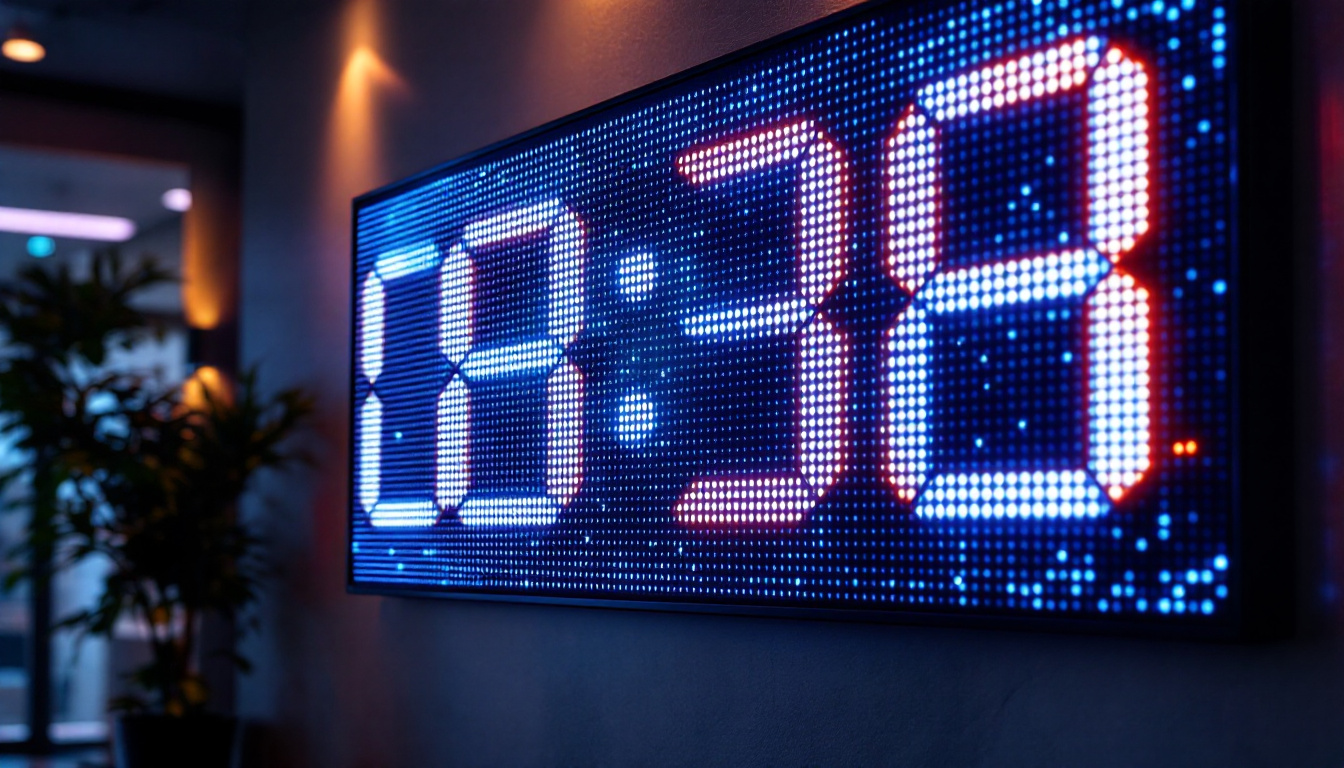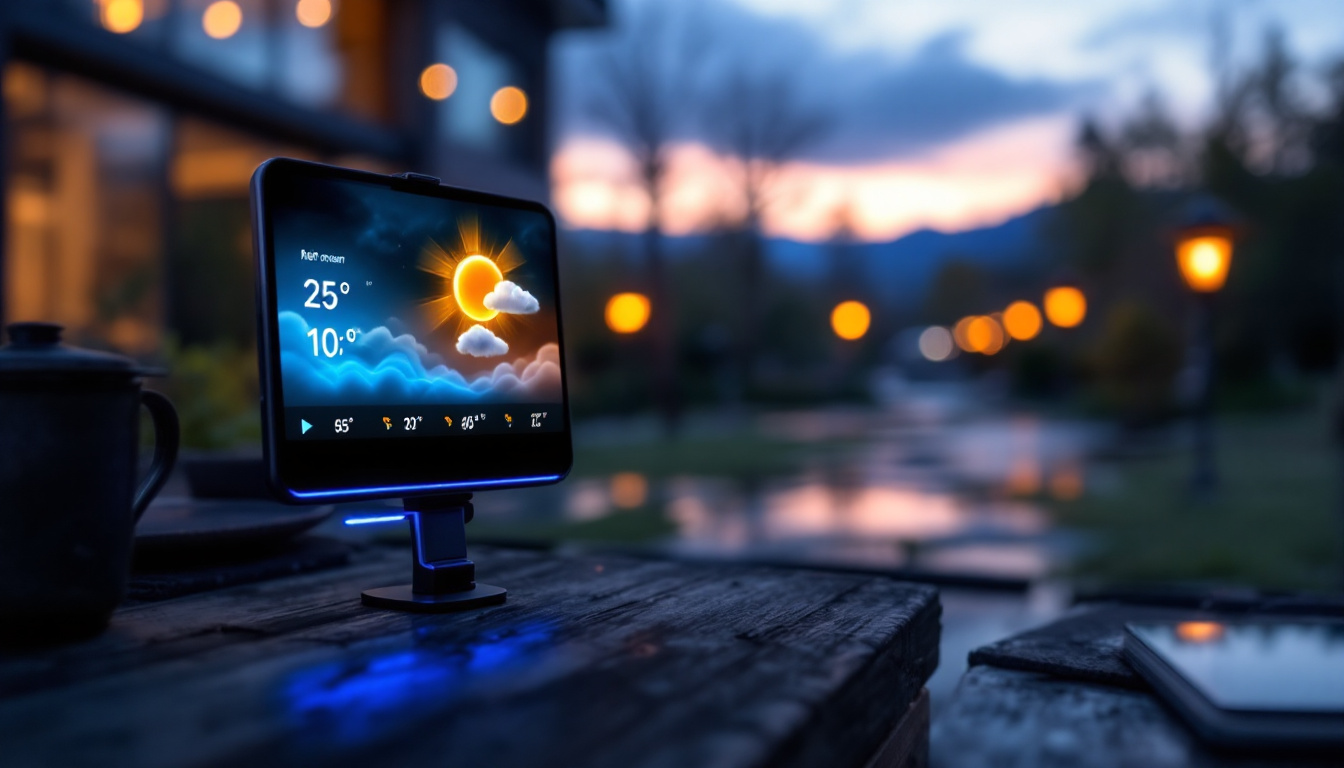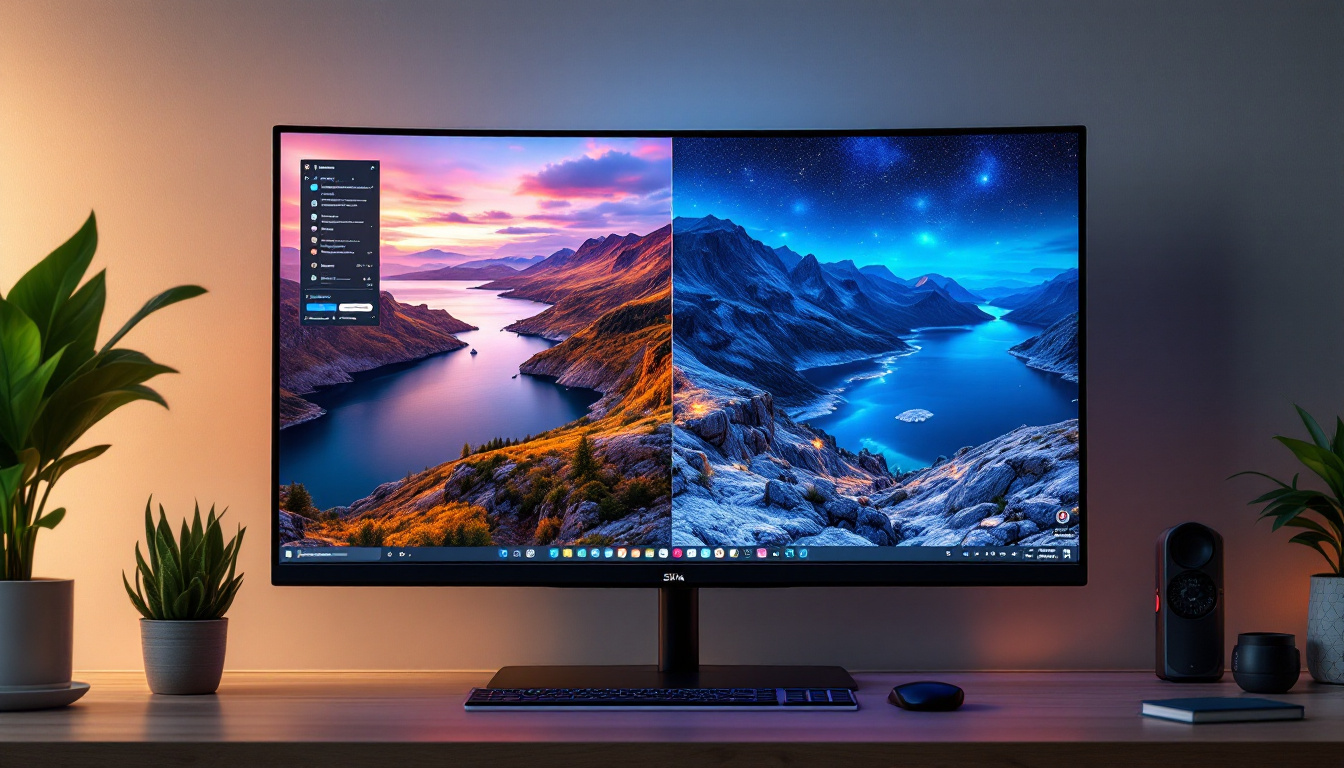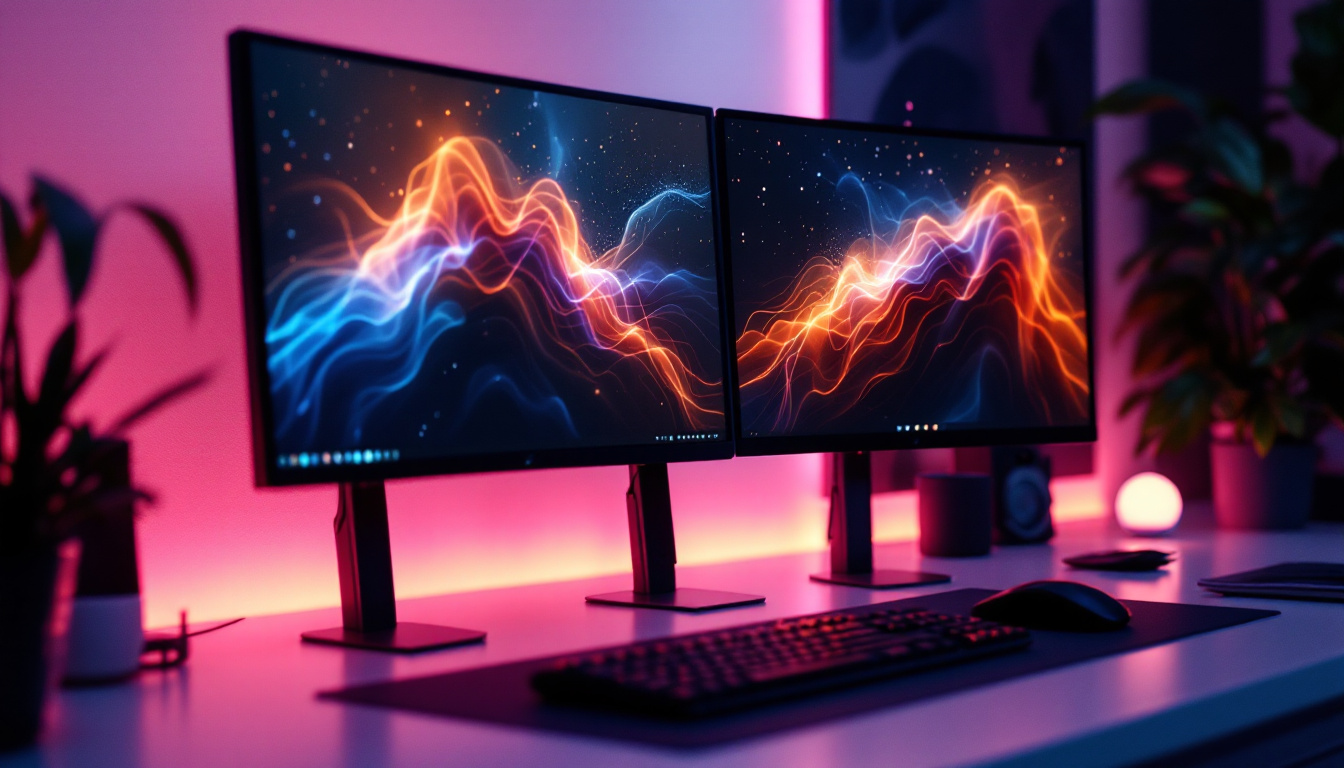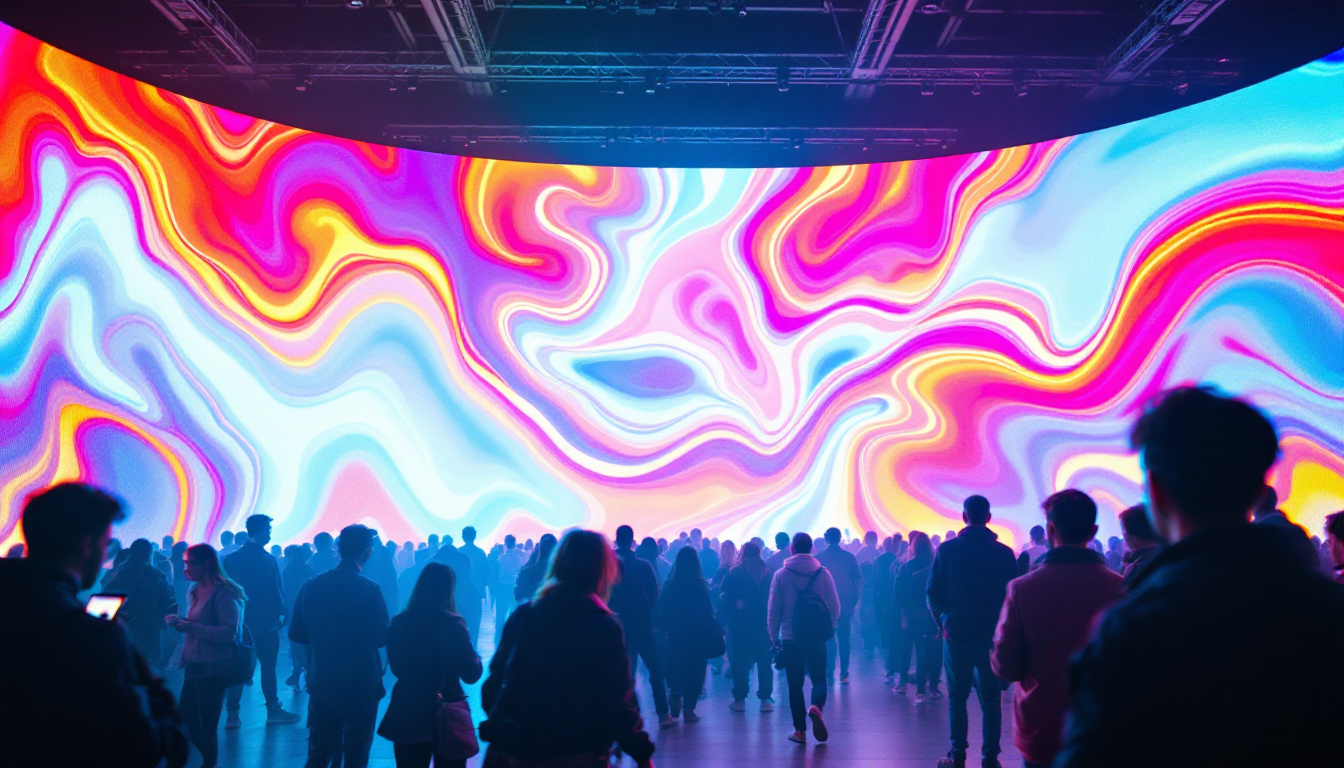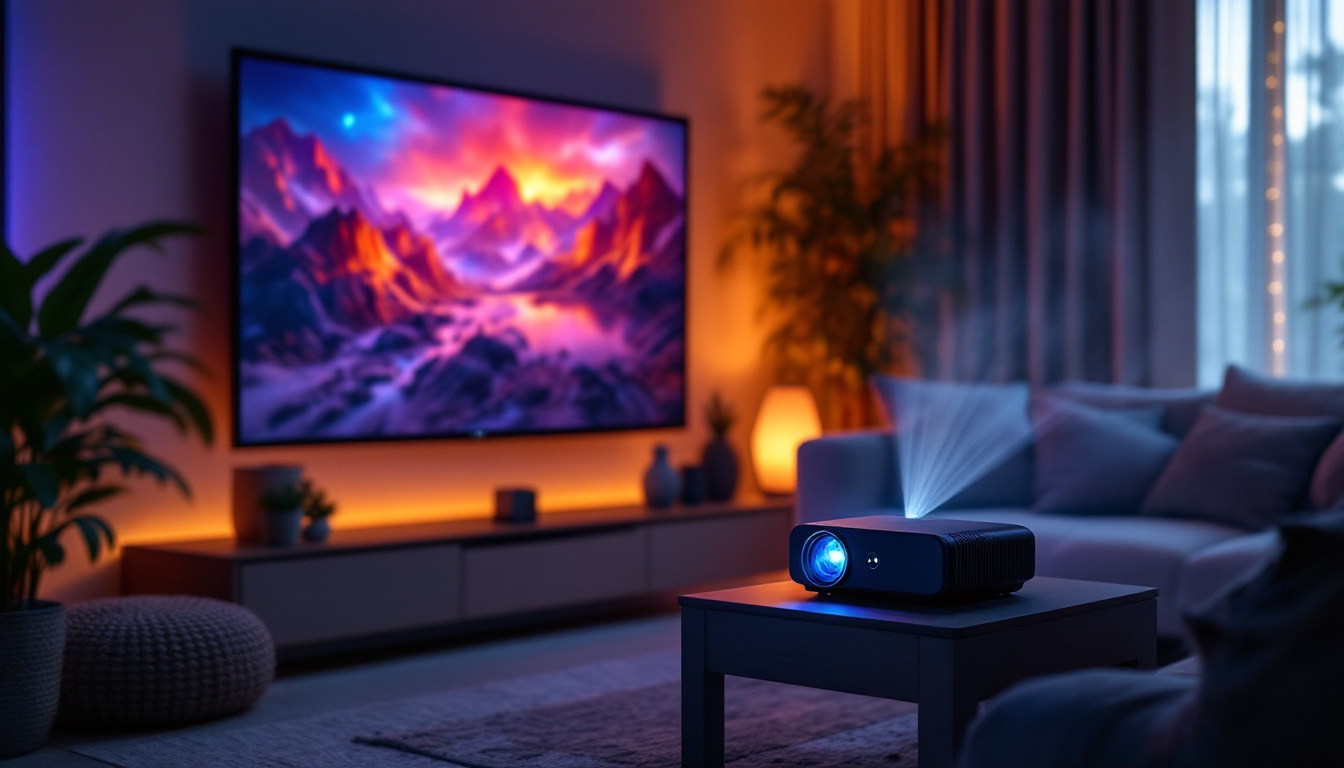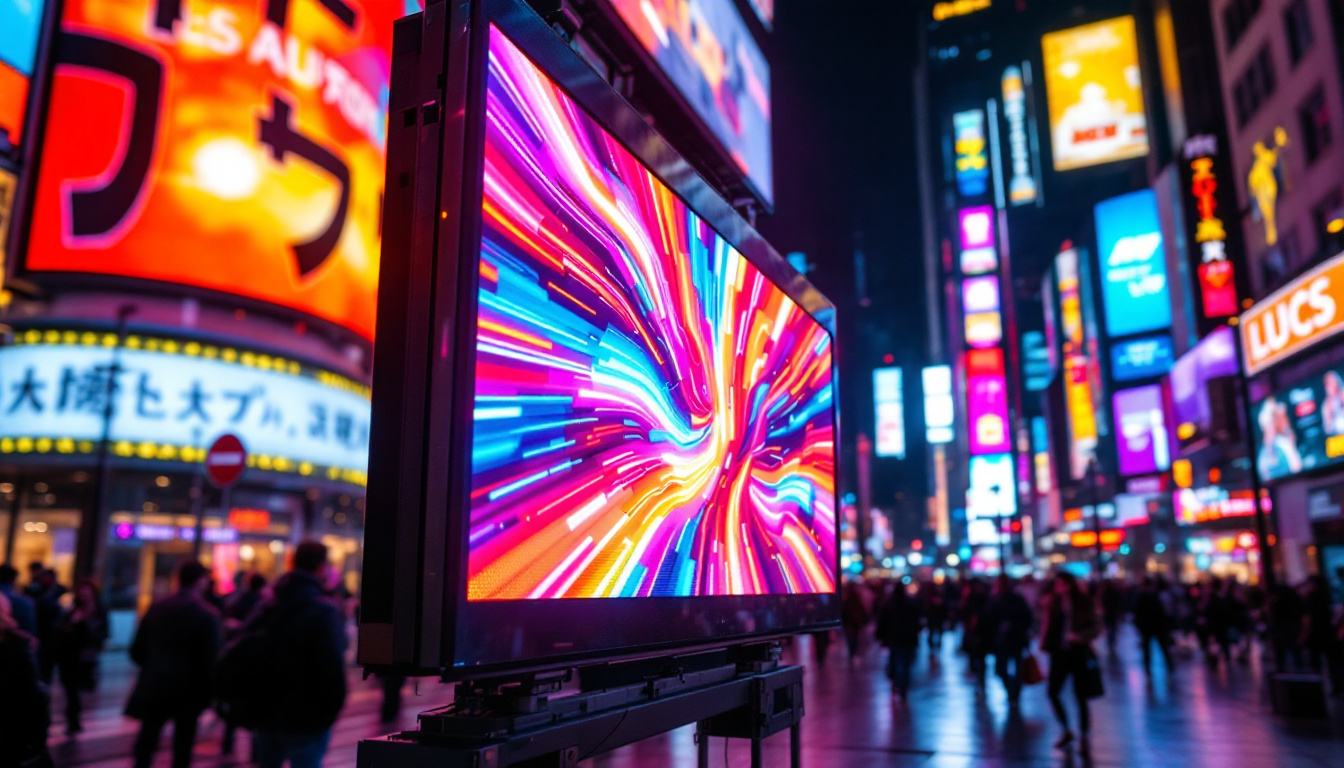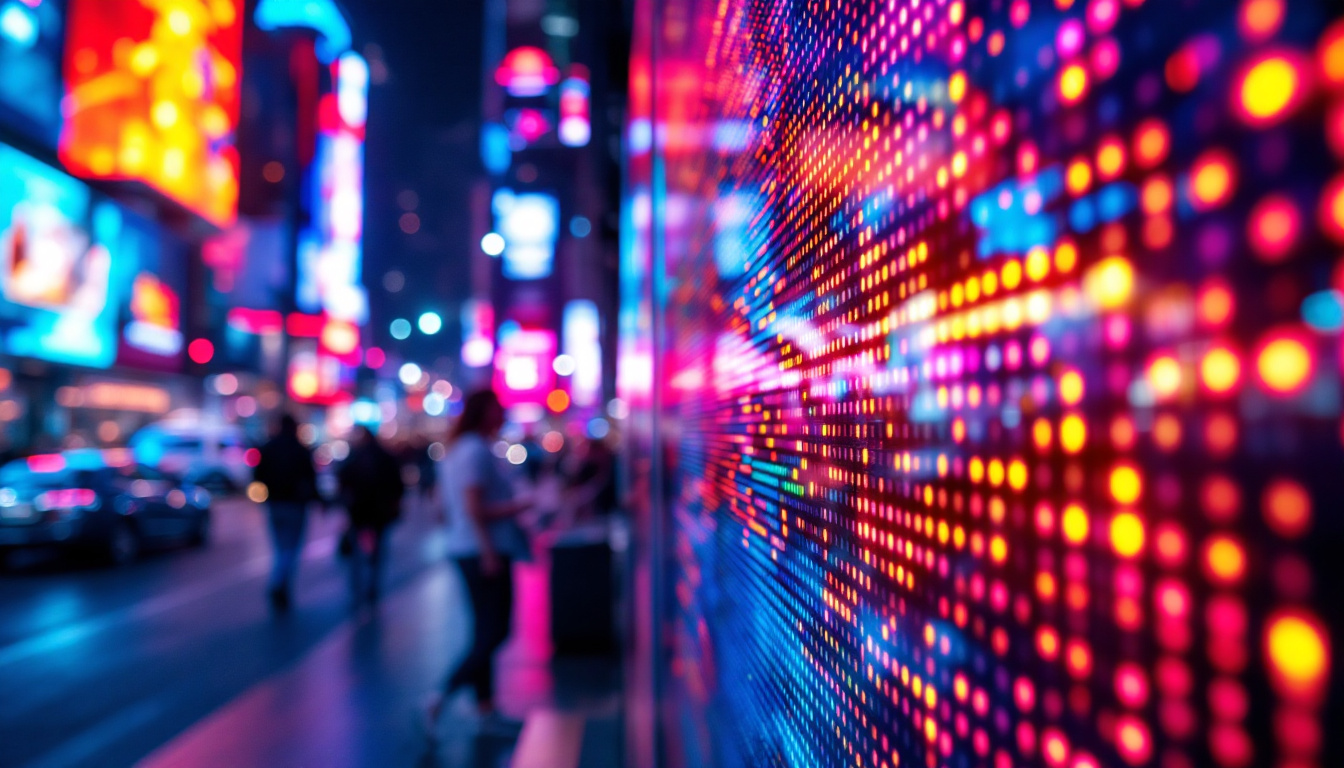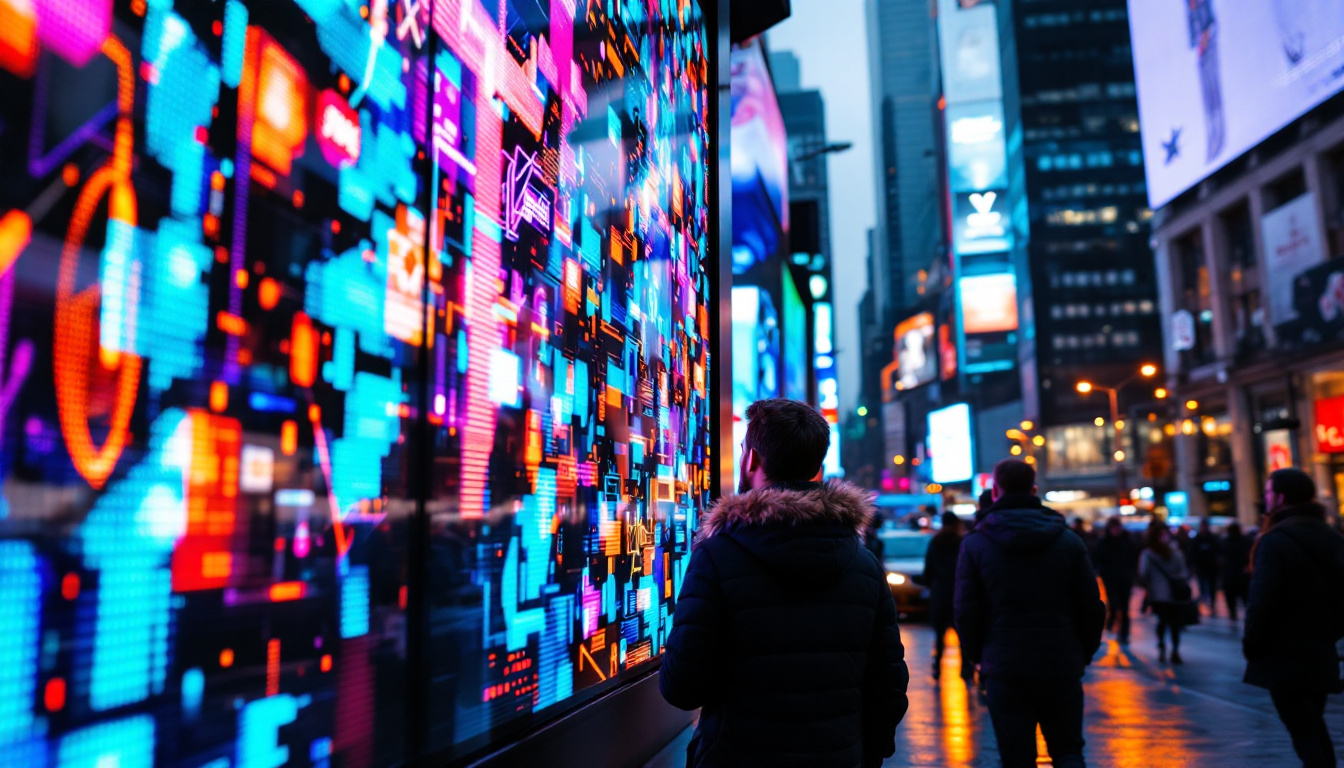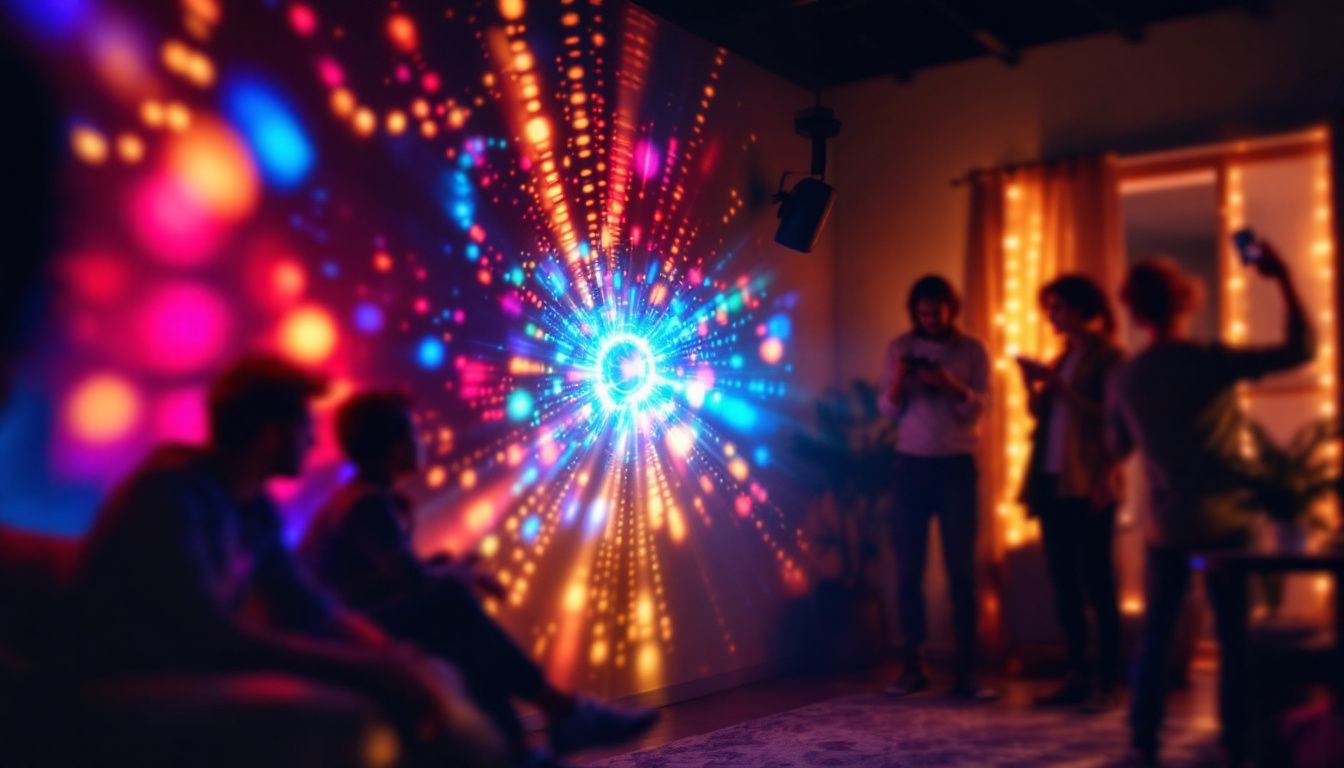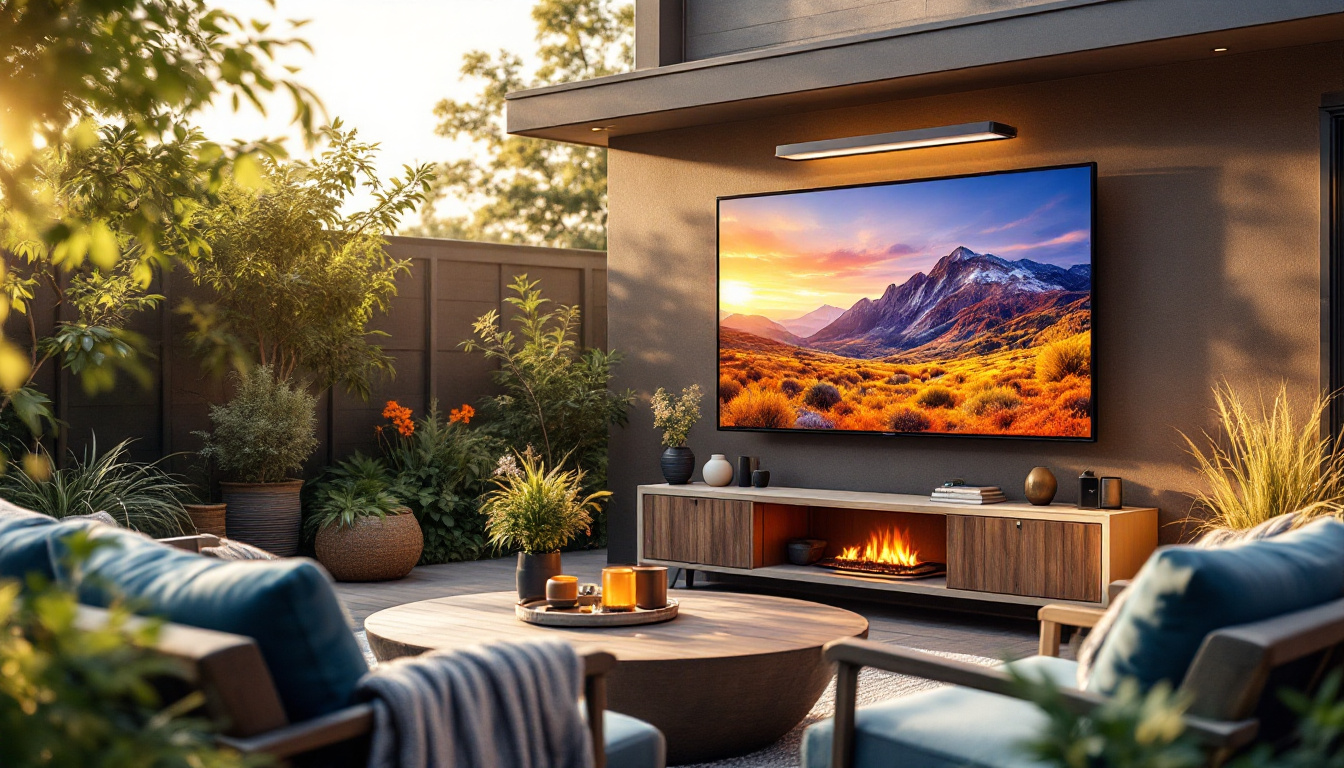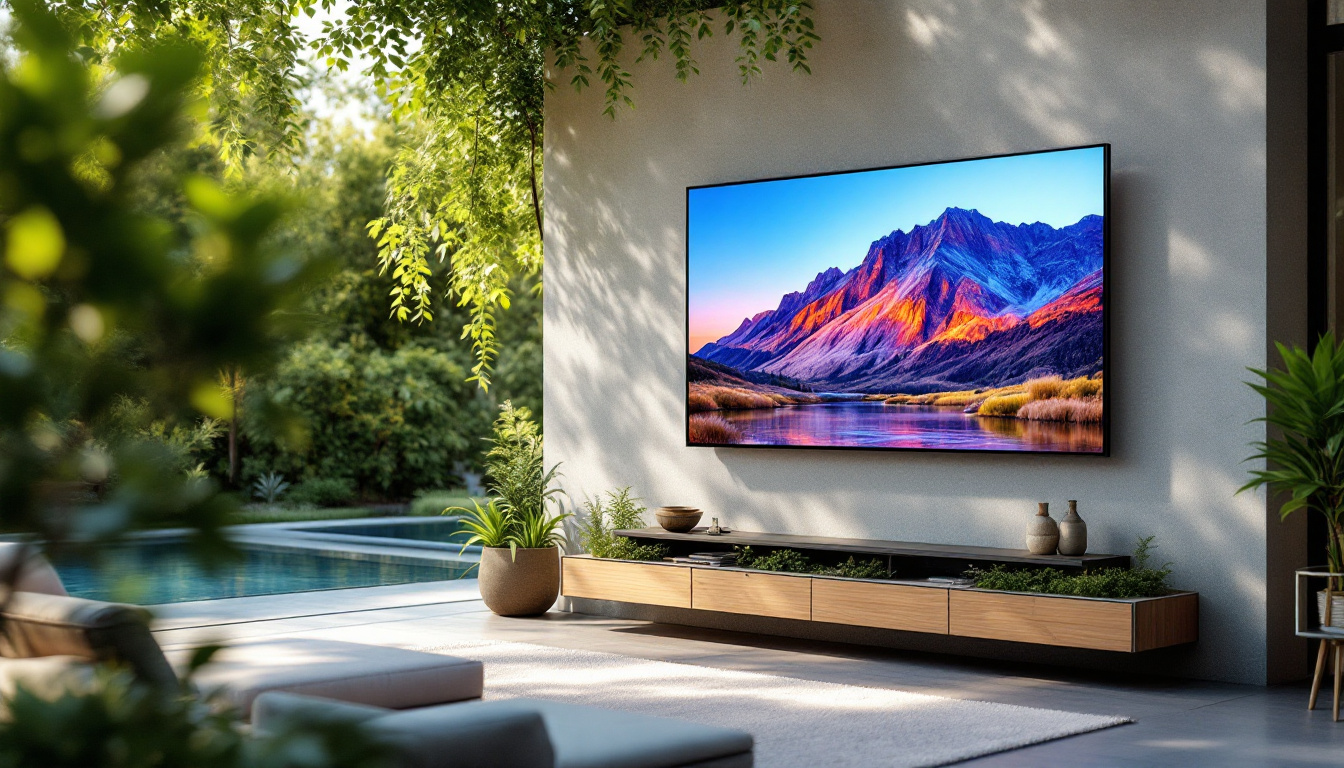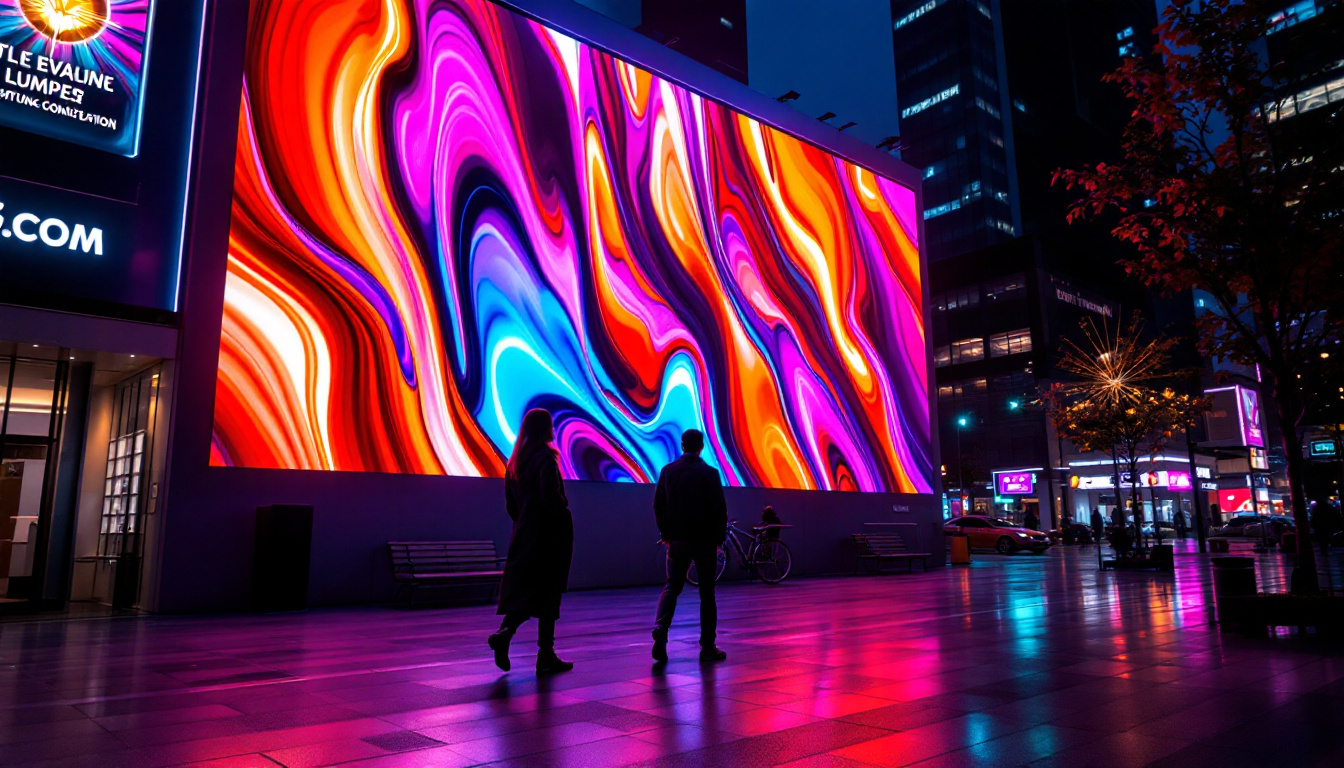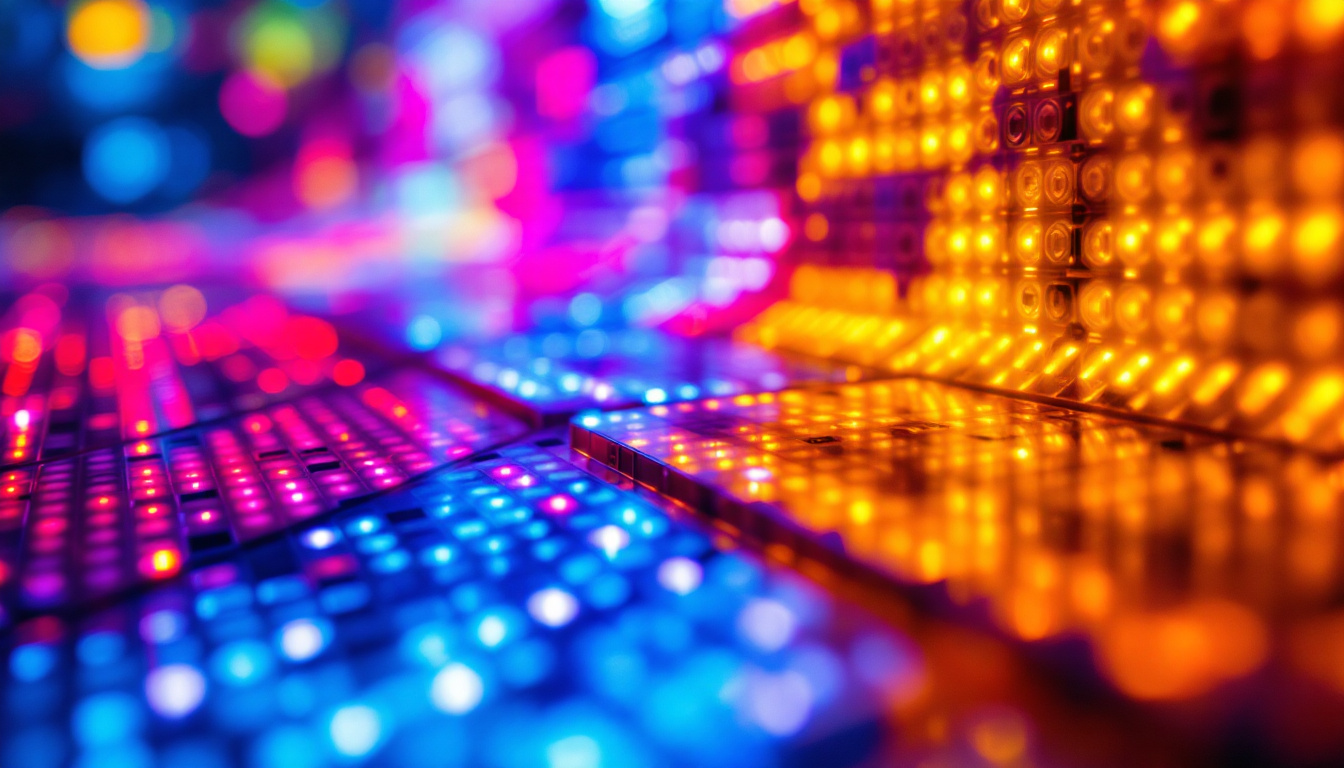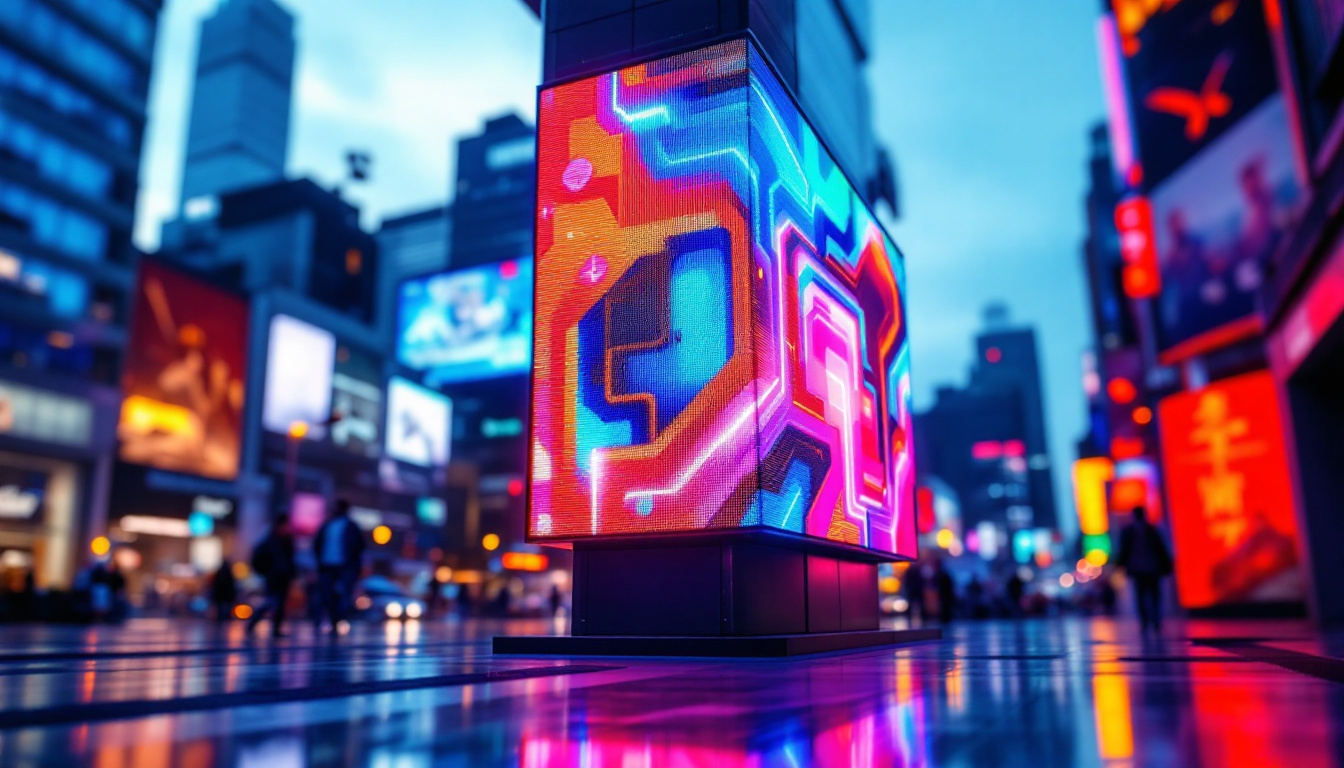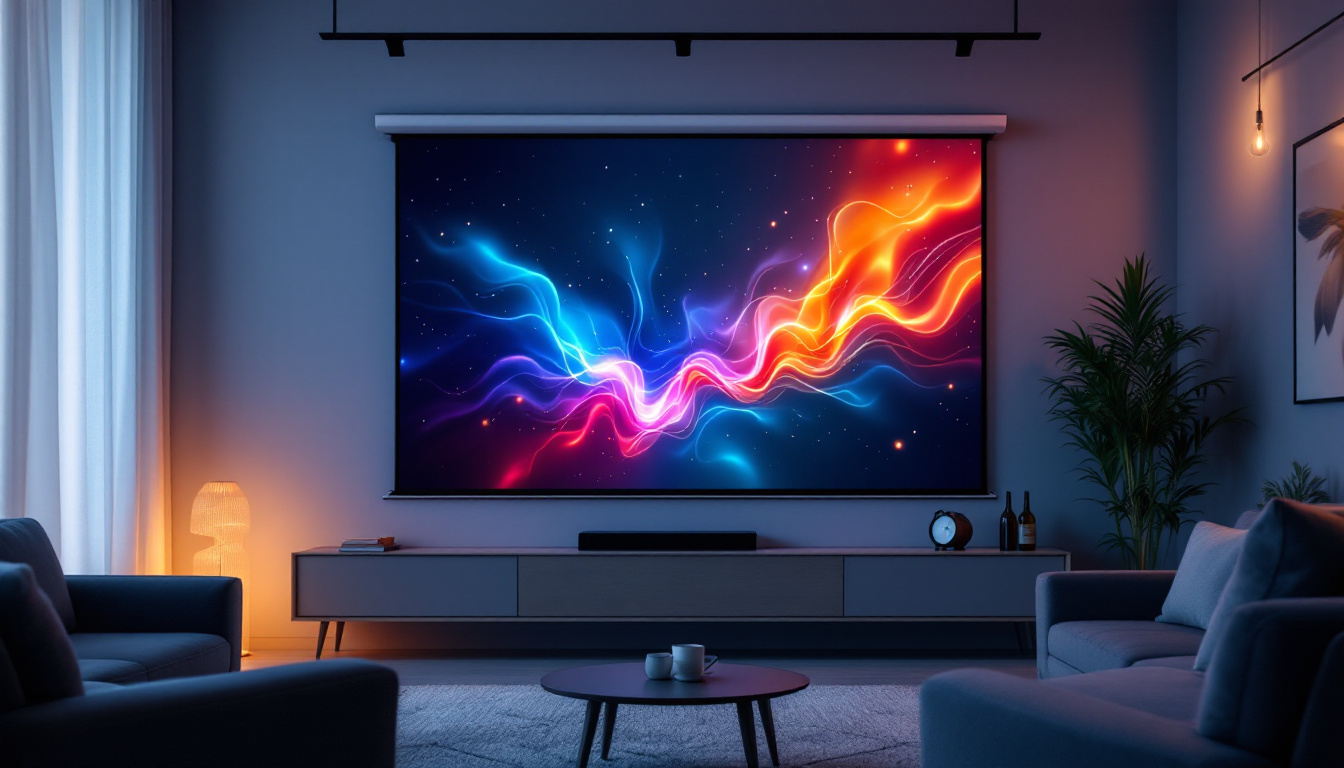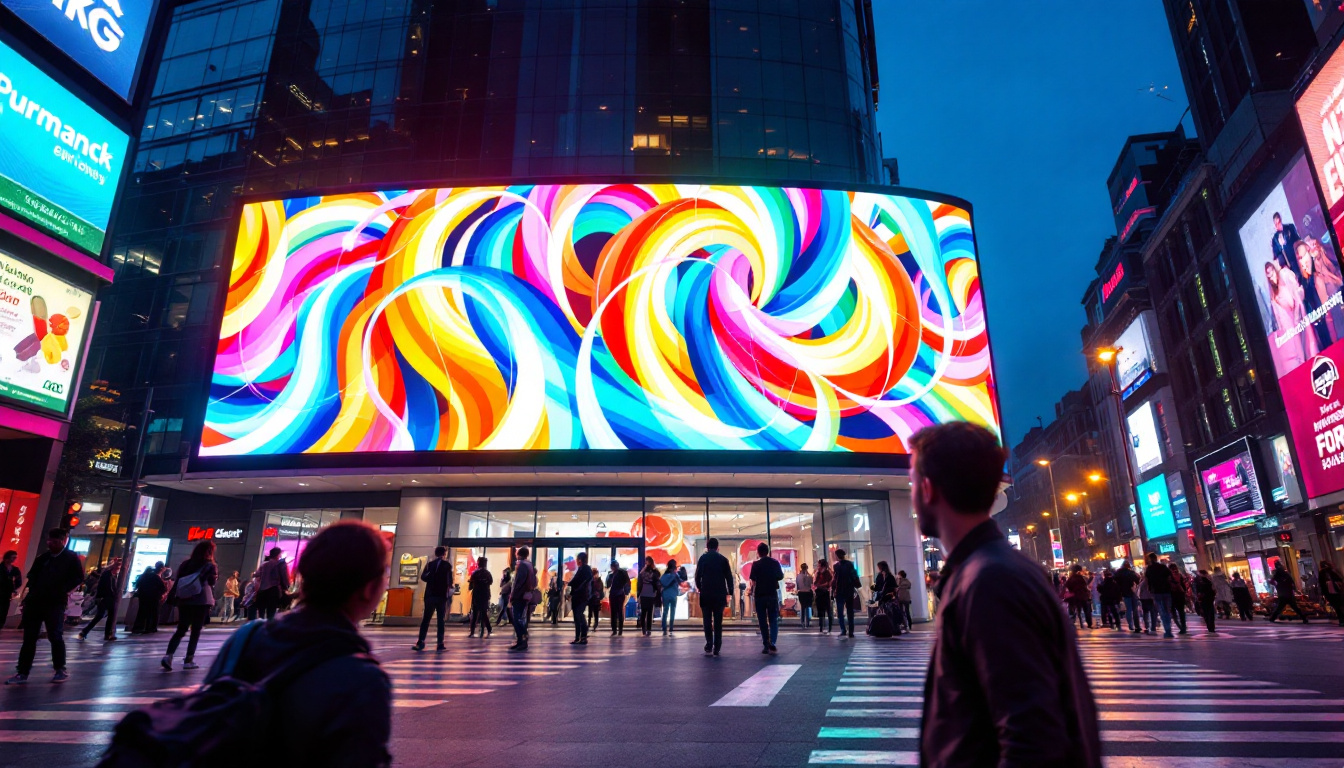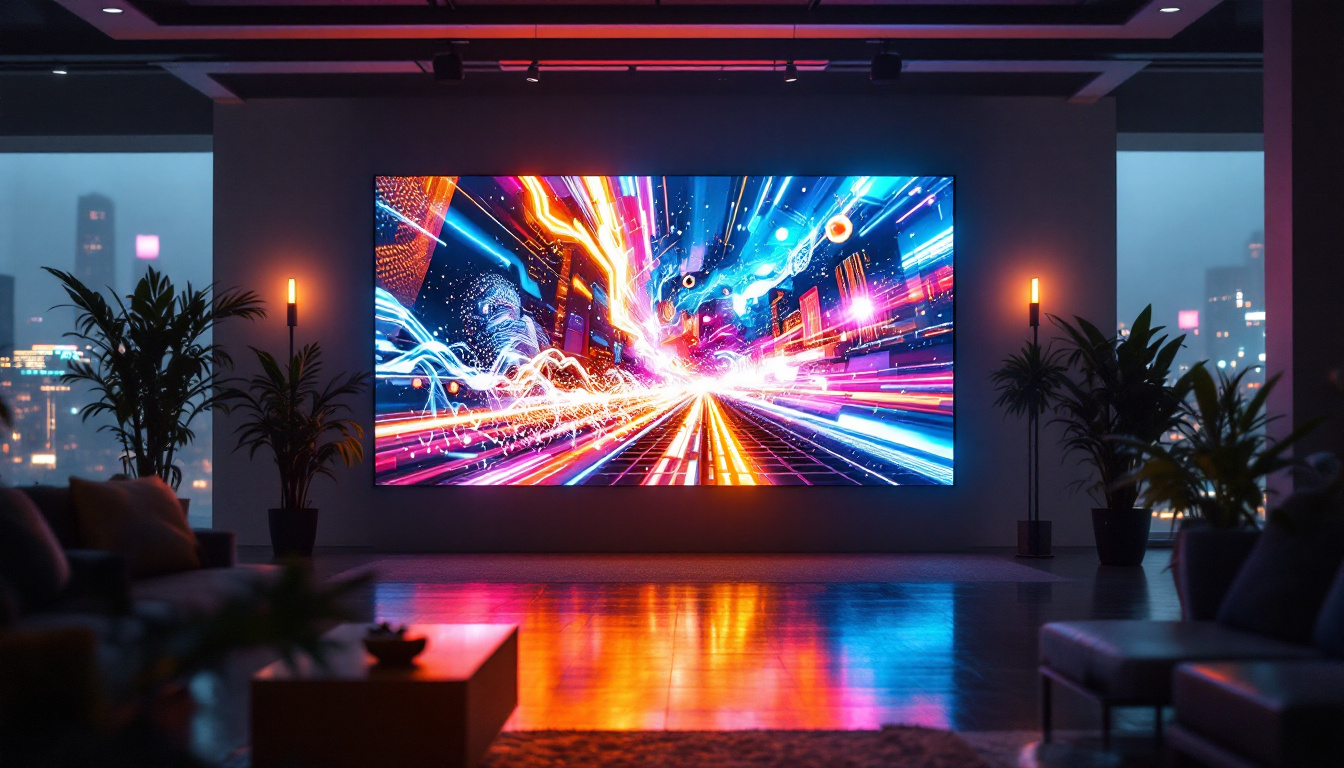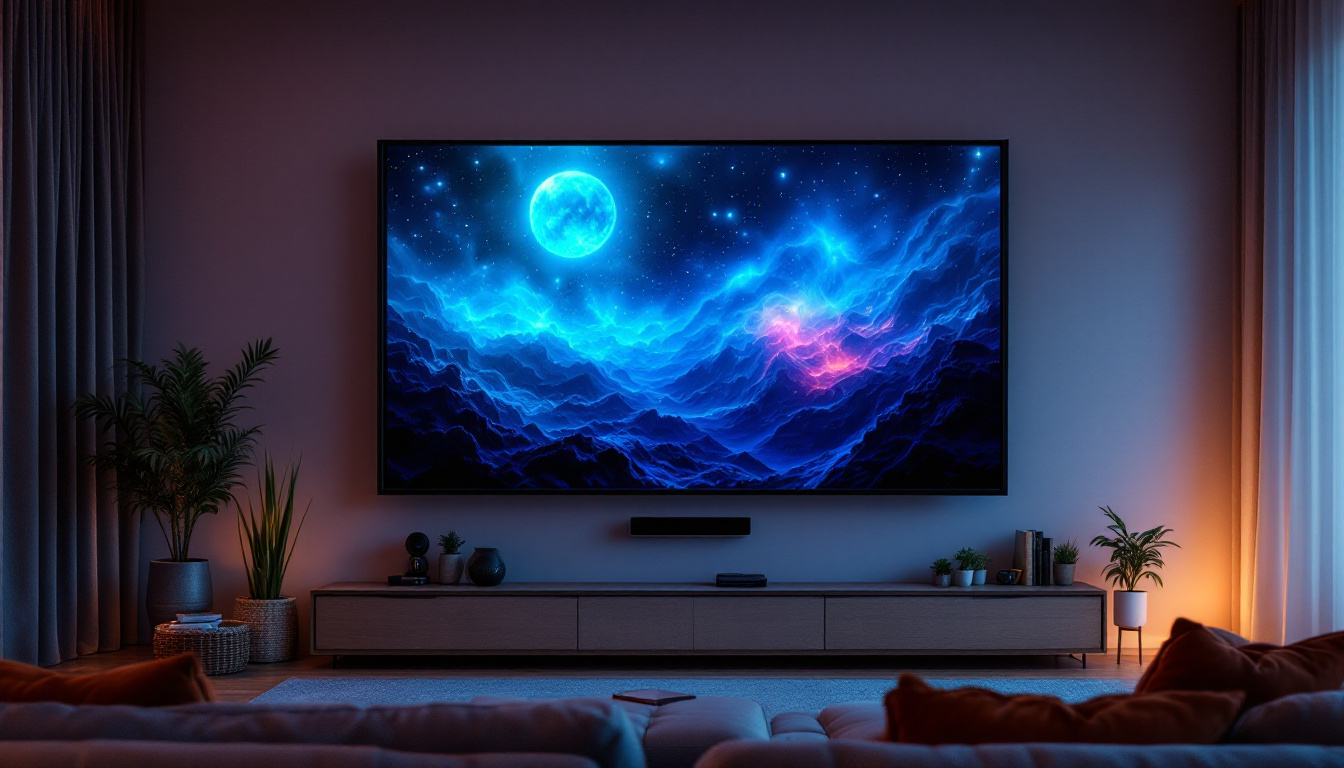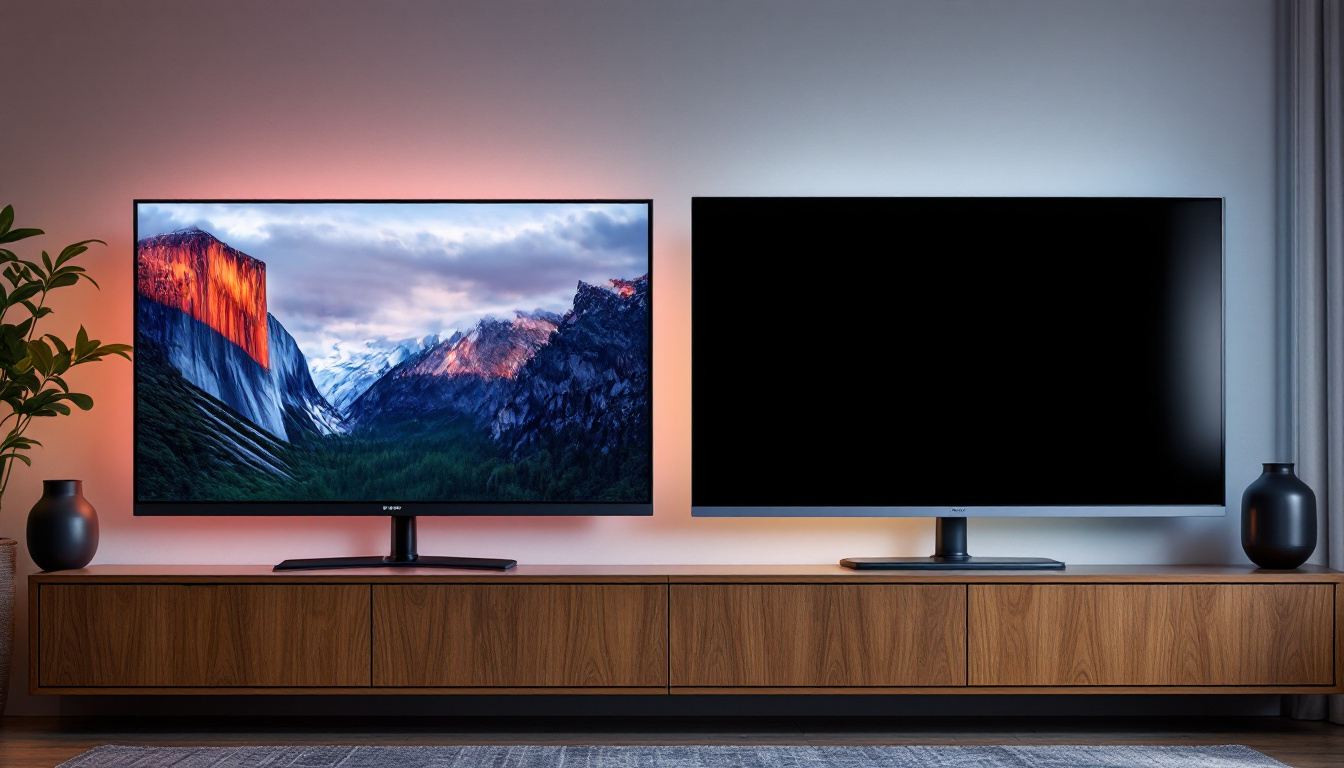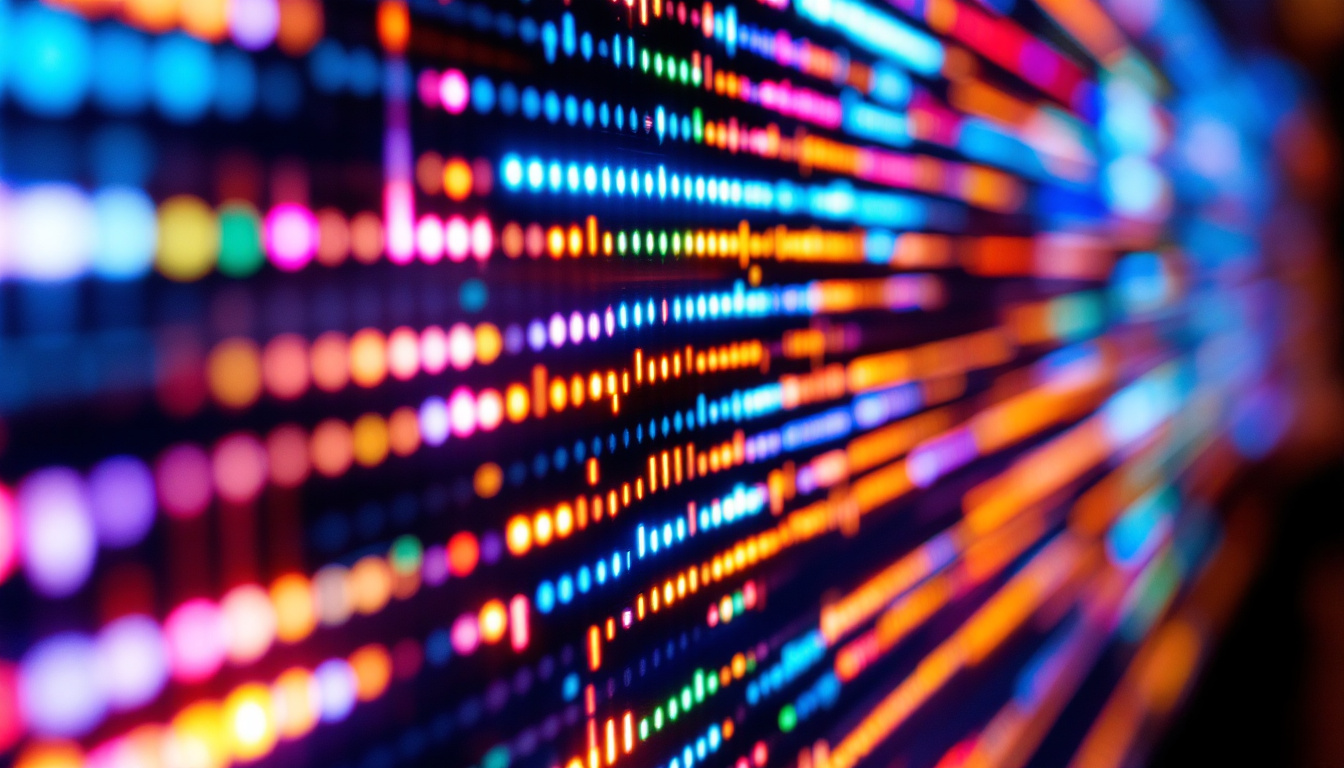In the realm of modern technology, television wall panels have emerged as a popular choice for both residential and commercial spaces. With advancements in display technology, LED (Light Emitting Diode) displays have become a preferred option for their vibrant colors, energy efficiency, and slim profiles. This article delves into the intricacies of TV wall panels, focusing on LED displays, their benefits, and their applications.
Understanding LED Technology
LED technology has revolutionized the way images are displayed on screens. Unlike traditional LCD screens that use fluorescent backlighting, LED displays utilize small diodes to emit light directly. This fundamental difference allows for greater control over brightness and color, resulting in a more vivid viewing experience. The increased efficiency of LED technology also means that screens can be thinner and lighter, making them more versatile for various applications, from home entertainment to commercial displays.
How LED Displays Work
At the core of LED technology are the tiny diodes that emit light when an electric current passes through them. These diodes can be arranged in various configurations, including edge-lit and backlit designs. Edge-lit displays feature LEDs along the edges of the screen, while backlit displays have a grid of LEDs behind the screen, providing uniform lighting. This arrangement not only enhances the aesthetic appeal of the screens but also contributes to energy efficiency, as they consume less power compared to their predecessors.
The ability to control individual pixels allows for deeper blacks and brighter whites, enhancing the overall contrast ratio. This is particularly beneficial for watching movies or playing video games, where visual clarity is paramount. Moreover, the rapid response time of LED displays minimizes motion blur, making them ideal for fast-paced action scenes or competitive gaming. This technological advancement has led to a more immersive experience, drawing viewers deeper into the content they are watching.
Types of LED Displays
There are several types of LED displays available in the market, each catering to different needs and preferences. The most common types include:
- Standard LED: These displays use traditional LED technology and are suitable for most viewing environments.
- OLED (Organic LED): Offering superior color accuracy and contrast, OLED displays are often favored for high-end applications.
- QLED (Quantum Dot LED): Utilizing quantum dot technology, QLED displays enhance color reproduction and brightness.
Each type has its advantages and disadvantages, making it essential to consider the specific requirements of the space where the TV wall panel will be installed. For instance, while OLED displays provide stunning visuals with true blacks, they may be more susceptible to burn-in, making them less ideal for static images. On the other hand, QLED displays shine in brightly lit environments due to their impressive brightness levels, making them perfect for rooms with ample natural light. Understanding these nuances can help consumers make informed decisions that best suit their viewing habits and environments.
Benefits of LED TV Wall Panels
Choosing LED displays for wall panels comes with a myriad of benefits that enhance both the aesthetic appeal and functionality of the space.
Energy Efficiency
One of the most significant advantages of LED technology is its energy efficiency. LED displays consume considerably less power compared to traditional LCD or plasma screens. This not only reduces electricity bills but also contributes to a smaller carbon footprint, making it an environmentally friendly choice. Furthermore, many LED panels come equipped with advanced energy-saving features, such as automatic brightness adjustment based on ambient light, which further optimizes power consumption and extends the life of the display.
Enhanced Picture Quality
LED displays are known for their exceptional picture quality. With higher brightness levels and better contrast ratios, images appear sharper and more vibrant. This is particularly important in well-lit environments where other display types may struggle to maintain visibility. Additionally, the color accuracy of LED panels is often superior, allowing for a more immersive viewing experience. Whether you’re watching a movie, playing video games, or presenting a slideshow, the vivid colors and deep blacks provided by LED technology can significantly enhance the overall experience.
Longevity and Durability
LED panels are designed to last longer than their counterparts. With a lifespan that can exceed 50,000 hours, they offer a reliable solution for continuous use. Additionally, LED technology is more resistant to screen burn-in, a common issue with older display technologies. This durability extends to their physical construction as well; many LED panels are built with robust materials that can withstand the rigors of daily use, making them ideal for high-traffic areas such as lobbies, conference rooms, and retail environments. The combination of longevity and resilience means that investing in LED wall panels can lead to significant cost savings over time, as they require less frequent replacements and maintenance.
Applications of LED TV Wall Panels
LED TV wall panels are versatile and can be used in various settings, from homes to commercial spaces. Their adaptability makes them suitable for a wide range of applications.
Residential Use
In residential settings, LED wall panels can enhance the home entertainment experience. Whether for movie nights, gaming sessions, or simply watching television, the superior picture quality and energy efficiency make them a popular choice among homeowners.
Moreover, with the rise of smart home technology, many LED displays now come equipped with smart features, allowing users to stream content directly from the internet or connect with other smart devices. This integration with home automation systems enables users to control their viewing experience seamlessly, adjusting settings with voice commands or through mobile apps. Furthermore, the sleek design of LED panels can complement modern interior aesthetics, making them not just a functional item, but also a stylish addition to any living space.
Commercial Use
In commercial environments, LED wall panels serve multiple purposes. They can be used for advertising, presentations, or as digital signage in retail spaces. The ability to display high-quality visuals attracts customers and enhances brand visibility.
Additionally, LED displays are often used in conference rooms and auditoriums for presentations, providing clear visuals even in large spaces. Their lightweight design also makes installation and relocation relatively easy. Beyond traditional advertising, businesses can leverage LED wall panels for interactive displays, allowing customers to engage with content in real-time. This interactivity can lead to higher customer retention and satisfaction, as users can explore products or services in a dynamic way. Furthermore, in event spaces, these panels can be configured to create immersive environments, transforming the atmosphere and enhancing the overall experience for attendees.
Installation Considerations
Installing LED TV wall panels requires careful planning and consideration to ensure optimal performance and aesthetics. Here are some key factors to keep in mind during the installation process.
Screen Size and Placement
Choosing the right screen size is crucial for an enjoyable viewing experience. Factors such as the size of the room, the distance from the seating area, and the intended use of the display should all be taken into account. A larger screen may be suitable for a home theater, while a smaller display might be ideal for a bedroom or office.
Placement is equally important. Wall mounting is a popular option as it saves space and provides a clean look. However, ensuring that the screen is at eye level and positioned away from glare is essential for comfortable viewing.
Wiring and Connectivity
Proper wiring and connectivity are vital for the functionality of LED wall panels. Ensuring that there are sufficient power outlets and that the necessary cables are hidden can enhance the overall appearance of the installation. Additionally, considering the type of devices that will be connected to the display, such as gaming consoles or streaming devices, will help in planning the connectivity setup.
Maintenance and Care
Maintaining LED TV wall panels is relatively straightforward, but regular care can prolong their lifespan and maintain picture quality.
Cleaning the Screen
To keep the screen looking its best, it is essential to clean it regularly. Using a microfiber cloth is recommended, as it is gentle and won’t scratch the surface. Avoid using harsh chemicals or abrasive materials, as these can damage the screen.
Software Updates
For smart LED displays, keeping the software up to date is crucial for optimal performance. Manufacturers often release updates that enhance functionality and security. Regularly checking for updates ensures that the display operates smoothly and takes advantage of the latest features.
Future of LED Display Technology
The future of LED display technology looks promising, with continuous advancements on the horizon. Innovations such as microLED and flexible displays are set to redefine how screens are used in various applications.
MicroLED Technology
MicroLED technology is gaining traction as it offers even better picture quality and energy efficiency than traditional LED displays. With self-emissive pixels, microLED screens can achieve perfect blacks and a wider color gamut, making them ideal for high-end applications.
Flexible Displays
Flexible LED displays are also becoming more prevalent, allowing for creative installations and designs. These displays can be bent or curved to fit unique spaces, providing new opportunities for architects and designers.
Conclusion
LED TV wall panels represent a significant advancement in display technology, offering numerous benefits for both residential and commercial applications. Their energy efficiency, enhanced picture quality, and versatility make them an attractive option for anyone looking to upgrade their viewing experience.
As technology continues to evolve, the future of LED displays promises even more exciting developments. Whether for home entertainment or commercial use, LED wall panels are poised to remain at the forefront of display innovation.
In summary, understanding the intricacies of LED technology, its applications, and maintenance can empower consumers and businesses alike to make informed decisions when choosing the right display solutions for their needs.
Explore Cutting-Edge LED Display Solutions with LumenMatrix
Ready to elevate your visual experience with the latest in LED display technology? LumenMatrix is at the forefront of innovation, offering a wide array of LED display solutions tailored to your needs. From captivating Indoor and Outdoor LED Wall Displays to dynamic Vehicle and Sports LED Displays, our products are designed to enhance brand visibility and create immersive visual experiences. Discover the transformative power of our LED Poster Displays, Floor LED Displays, Custom LED Displays, All-in-One LED Displays, and LED Transparent Displays. Embrace the future of visual communication with LumenMatrix and make a lasting impact. Check out LumenMatrix LED Display Solutions today and see your message come to life with unparalleled clarity and vibrancy.

